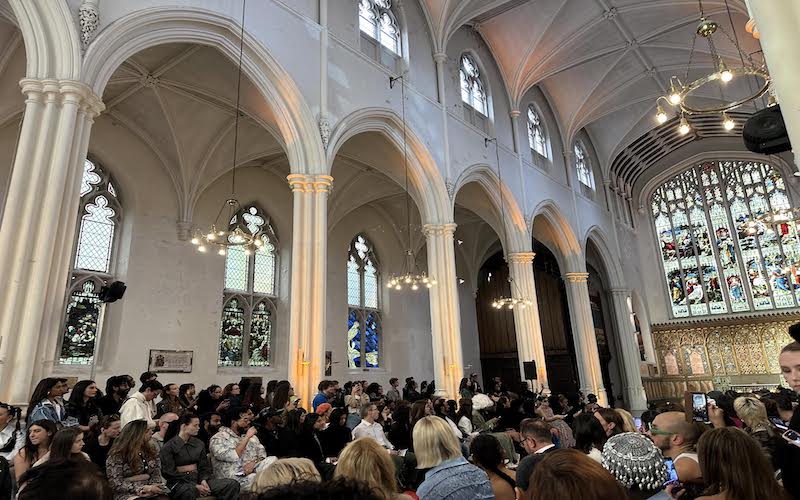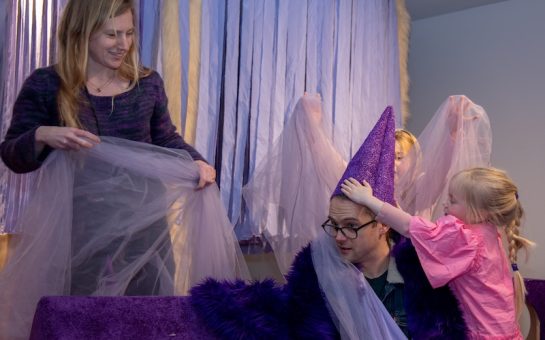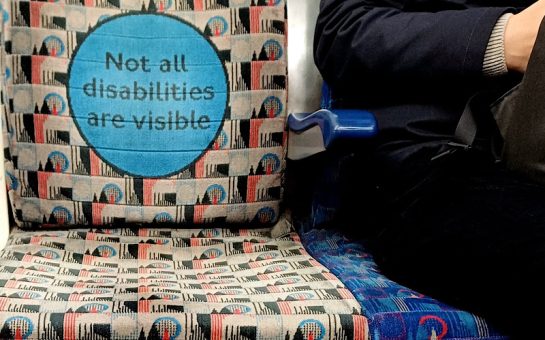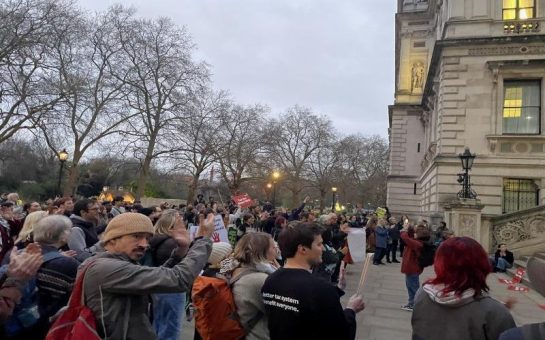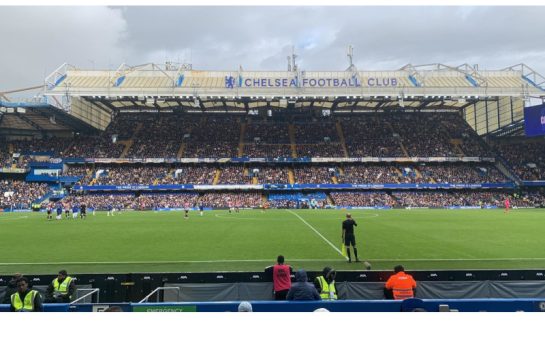The capital has begun 40th anniversary fashion week celebrations, starting with last month’s four-day extravaganza.
British Fashion Council (BFC) hosted an extra special London Fashion Week in February, showcasing the Fall/Winter 2024 collections of 67 designers across 46 catwalks and 36 events.
The bi-annual event kickstarted a year-long programme of festivities, commemorating 40 years since the first London Fashion Week in 1984.
Speaking to Vogue Business, British Fashion Council’s chief executive Caroline Rush said: “It’s an opportunity to tell the stories of the fantastic creatives that have been part of fashion week over the last 40 years.
“They consistently raise the bar and push boundaries, challenging the status quo that drives us to do more.”
Featured designers included JW Anderson, Burberry, Preen, Harris Reed, Simone Rocha, Molly Goddard, Ahluwelia, 16Arlington, and Emilia Wickstead.
Ranging from catwalk shows and presentations, to panel talks, zero waste workshops, and exhibitions, the varied programme of events presented creative innovation in all forms.
Highlights featured Sinead O’Dwyer’s inclusive designs and model casting, Joanna Lumley’s entertaining soliloquy for CompletedWorks, Paolo Carzana’s hand-dyed and manipulated textiles, Dilara Findikoglu’s striking feminist influences, and Burberry’s Victoria Park closing show, backed by the soulful tunes of Amy Winehouse.
Speaking after the Models of Diversity x Unhidden ‘Front Row’ panel talk, model, author and activist Felicity Hayward said: “I would like to see [more of] the joy that I felt at the Sinead O’Dwyer show, the joy of inclusion.
“Fashion has such an impact and such power to make a change.”
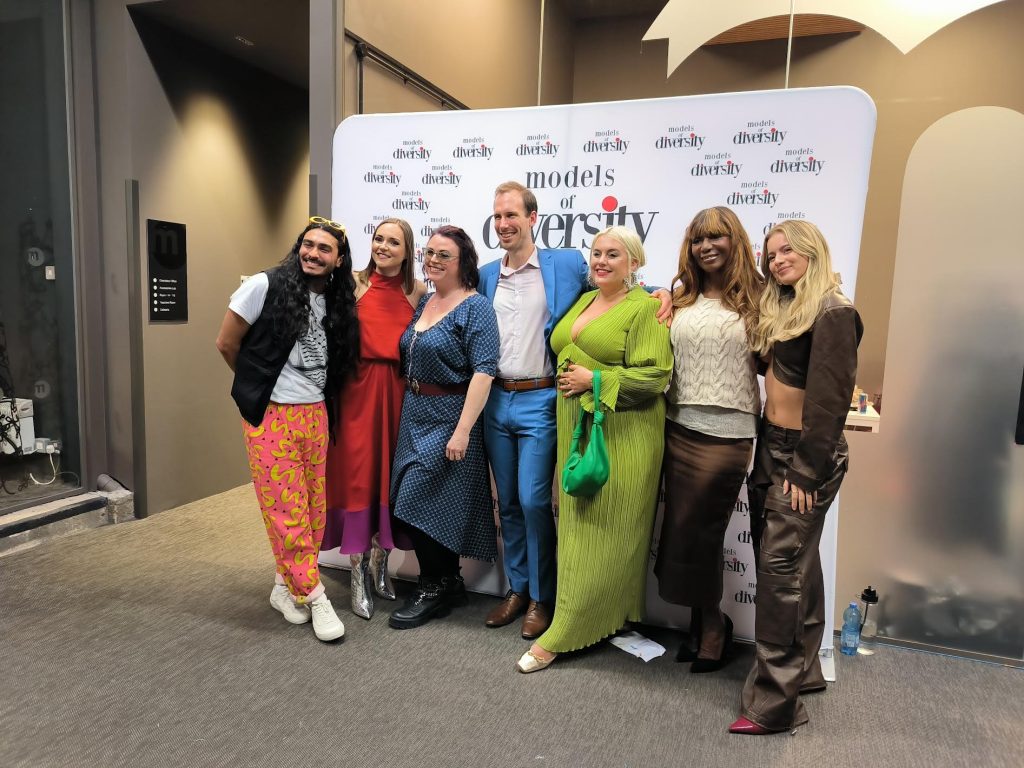
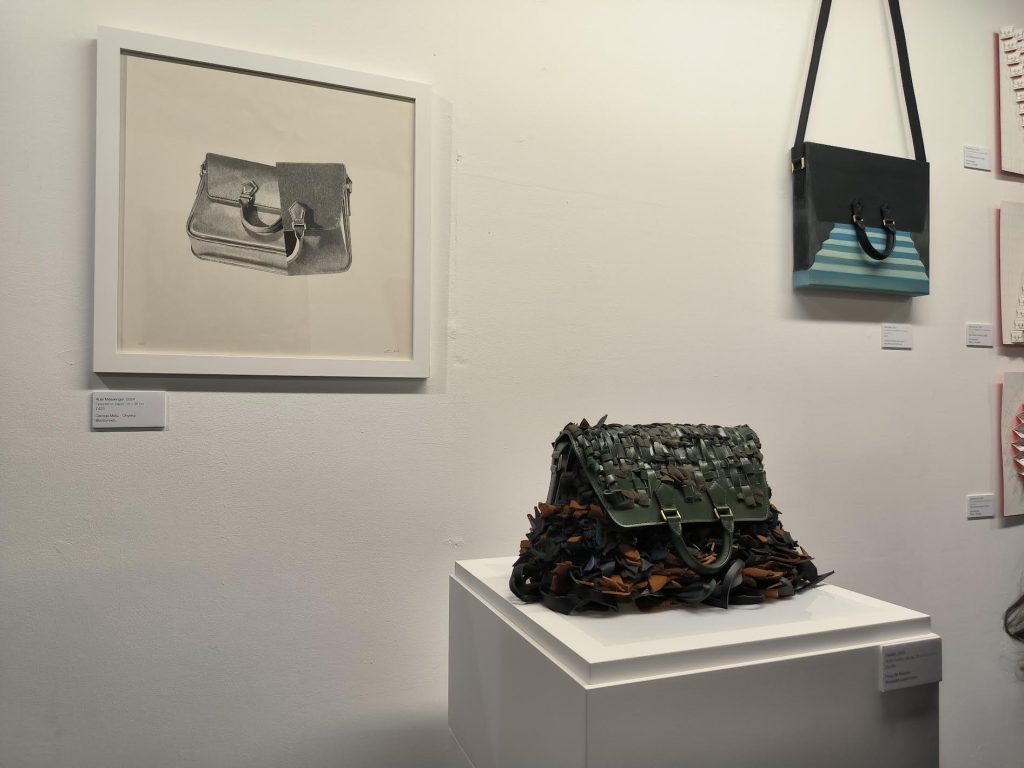
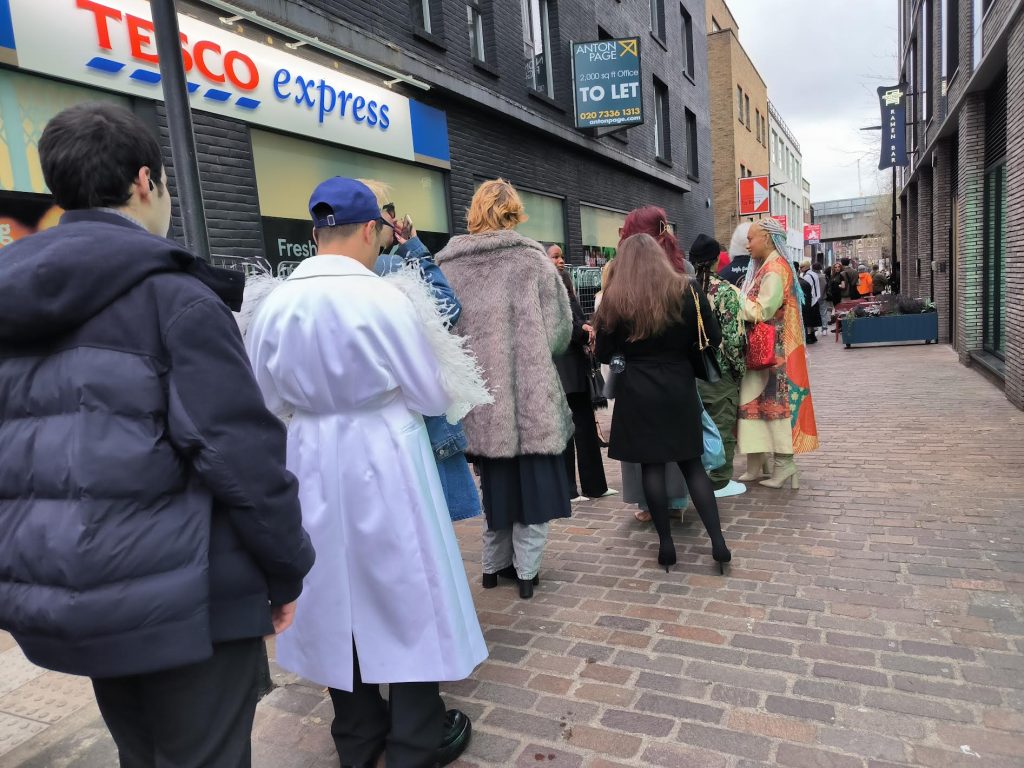
London Fashion Week is the youngest of the ‘Big Four’ fashion weeks, after New York, Paris, and Milan.
Organised by industry leaders and professionals, the week-long schedule of events typically occur chronologically and twice a year, allowing designers to present their latest collections alongside trend forecasting, buying and networking opportunities.
London Fashion Week has now become a prominent fixture in the UK calendar, generating approximately £32 billion for the UK economy each year.
Rebellious by nature, London has become a hotbed for cutting-edge design, producing the likes of Vivianne Westwood, Alexander McQueen, Stella McCartney, Christopher Kane, and Erdem Moralıoğlu.
Yet due to inflated costs and falling demand, many established brands have relocated to countries like France and Italy, and the instability of UK e-tailers has had a significant effect on emerging designers.
The industry as a whole has also faced criticism in recent years over perpetuating exclusivity and elitism, lack of diversity, unsustainable and unethical practices, and toxic work environments.
According to Earth.Org, the fashion industry is the third largest polluter globally, releasing 10% of global greenhouse gas emissions and 1.2 billion tonnes of carbon dioxide each year—more than the aviation and shipping industries combined.
Legal consultant Paul Mannings, said: “Generally fashion has a pretty bad reputation at the moment, with all the wastage and lack of transparency that comes with these big fashion houses.”
While FW24 promoted efforts to address the fashion industry’s issues, the dominance of private events, VIP priority access, FROW lineups, and censorship of show details suggested more needs to be done—some brands like Supriya Lele and and Chopova Lowena even opted for inexpensive look books over shows.
The prominent trend on LFW catwalks was ‘office core’, with both Central Saint Martins graduates and industry leaders like SRVC showcasing collections popularised by purpose-driven wardrobes and 9-5 functionality, with a hint of performance anxiety.
For some, LFW presented an opportunity to platform global crises—BFC Foundation NEWGEN recipient Kazna Asker chose not to produce her collection, with proceeds instead going towards Yemen and Palestine fundraisers.
Speaking to Business of Fashion, Asker said: “I prioritise sincerity over everything.”
The intersection of fashion week with current geopolitics presents an ethical dilemma—can the fashion industry converge with an ever-changing global landscape in the next 40 years?
Featured image credit: Elpida Chomata
